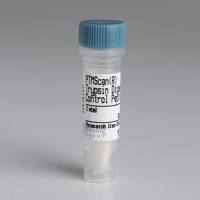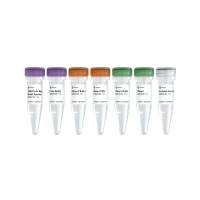Methods for Evaluating Effects of an Irinotecan + 5-Fluorouracil/Leucovorin (IFL) Regimen in an Orthotopic Metastatic Colorectal Cancer Model Utilizin
互联网
259
In testing novel anticancer therapies, researchers strive to utilize models that reflect the human disease as much as feasible. In this regard, orthotopic models are frequently developed because cancer cells in these models form tumors in, and metastasize from, a tissue environment similar to the tissue of origin of the cancer cells. Here we adapted an orthotopic colorectal cancer model, in which HT-29 colorectal cancer cells form tumors in the rectal lining and metastasize to the para-aortic lymph nodes with high frequency. Firefly luciferase-expressing HT-29 cells were used in this model to realize the benefits of bioluminescence imaging (BLI). A combination of irinotecan, 5-fluorouracil (5-FU), and leucovorin (LV) (IFL) was used as a standard chemotherapeutic regimen positive control. BLI allowed for the demonstration of the effects of IFL on tumor growth in the rectal lining, with tumor weight measurements at the end of the study reflecting total tumor burden. BLI also allowed relatively easy demonstration of reduced tissue metastasis with IFL treatment, compared to more time-consuming histological techniques. It is concluded that the orthotopic colorectal cancer model approach described represents a valuable tool for validating treatment strategies in this indication.








